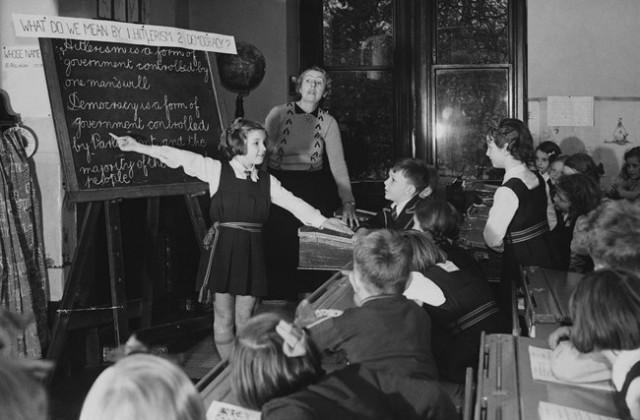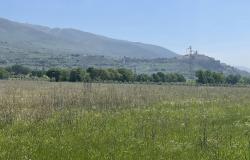Words by Pat Eggleton
Last week we began our look at how to form verbs in the [past] perfect tense.
We saw that you need to use the present tense of an auxiliary verb plus the past participle of the main verb [the part of the verb that ends in –ed in regular verbs in English].
Some verbs in Italian form the perfect tense with the auxiliary verb essere. These verbs are usually verbs of motion.
An example is andare – to go. The past participle of andare is "andato". So:
Sono andato – I went / have gone
When a verb forms its perfect tense with essere, the past participle agrees with the subject of the sentence:
Maria è andata a Roma – Maria went / has gone to Rome.
The full perfect tense of andare is:
The most common verbs formed with essere in the perfect tense are:

 You will notice that the verbs “to be born” and “to die” are included – they are verbs of motion in a way!
You will notice that the verbs “to be born” and “to die” are included – they are verbs of motion in a way!
Now you try:
Insert the correct form of essere into these sentences:
1. Maria _____ rimasta a casa.
2. I ragazzi _____ tornati.
3. Giovanni, dove _____ stato?
4. Le mie sorelle _____ nate a Milano.
5. Noi ______ arrivati ieri.
Insert the correct form of the past participle, with an agreement if necessary, into these sentences:
1. Dove sei [nascere] _________ Luigi?
2. Lucia è [uscire] _________ ieri sera.
3. Quando siete [partire] _________, ragazzi?
4. Martina e Chiara sono [andare] _________ a Firenze.
5. Chiara: “Sono [stare] _________ a Parigi due volte”.




















